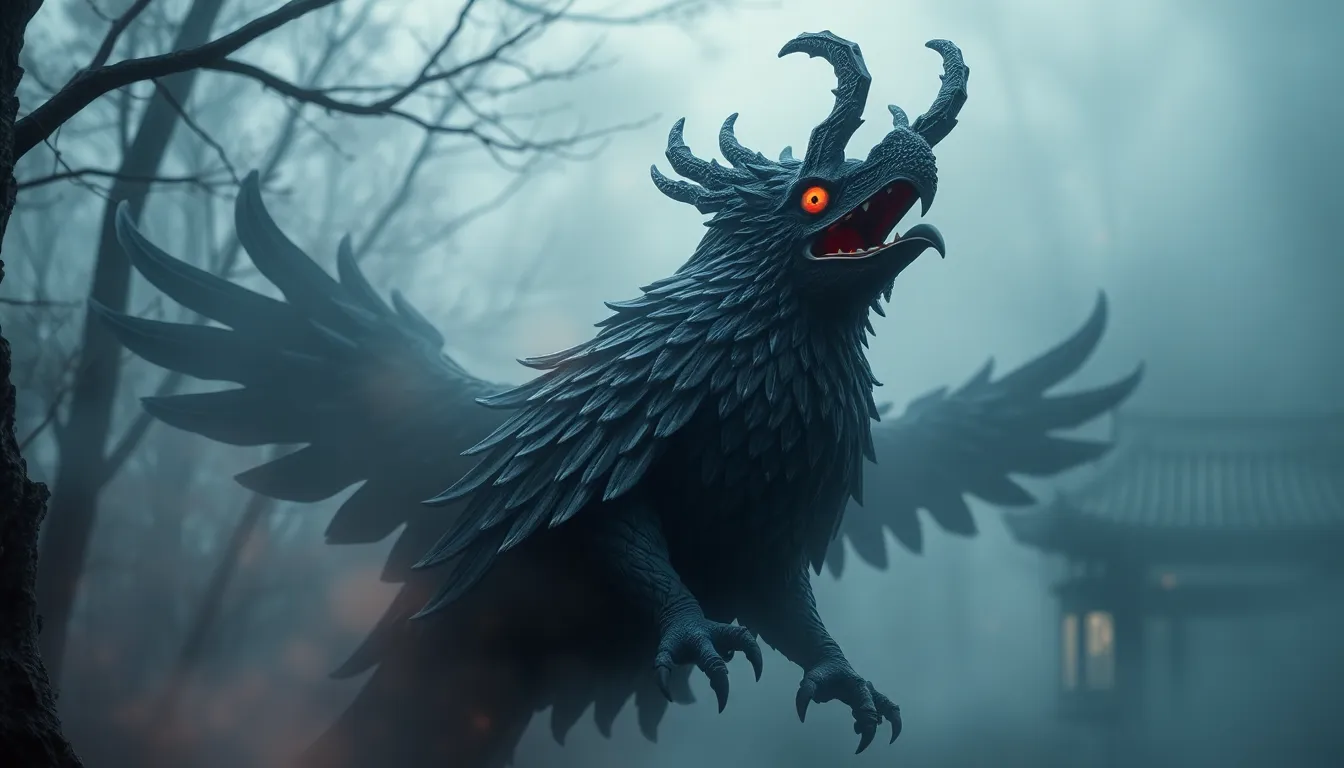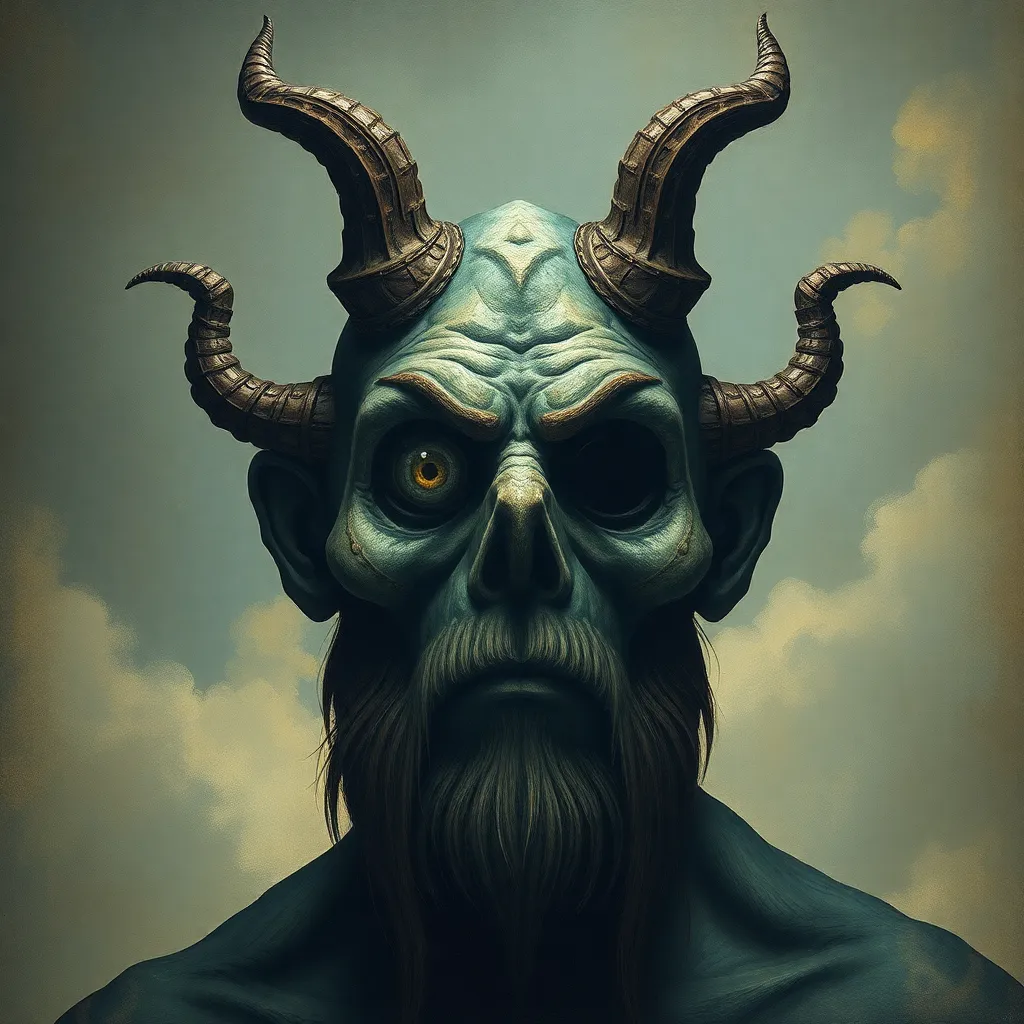The Hydra’s Many Faces: Exploring the Myth Across Cultures
Introduction to the Hydra Myth
The Hydra is one of the most iconic creatures in Greek mythology, known primarily for its multi-headed form and its regenerative abilities. This serpentine monster, often depicted as a fearsome adversary, has captured the imagination of countless generations. The myth of the Hydra transcends its narrative as a mere monster; it serves as a potent symbol of regeneration and resilience, illustrating the eternal struggle between good and evil, order and chaos.
The Origin of the Hydra in Greek Mythology
The Hydra, specifically the Lernaean Hydra, originates from the swamps of Lerna, a region in the Argolis. According to mythology, it was the offspring of Typhon and Echidna, making it part of a lineage of monstrous beings. The Hydra was characterized by its numerous heads—often said to be nine—each capable of regenerating two new heads for every one that was severed. This regenerative ability made the Hydra a formidable foe.
One of the most famous myths involving the Hydra is the tale of Heracles (Hercules) and his Twelve Labors. As part of his penance, Heracles was tasked with slaying the Hydra. The battle was fierce; every time he cut off a head, two would grow back in its place. With the help of his nephew Iolaus, who cauterized the necks of the severed heads, Heracles eventually triumphed, bringing the beast down. This myth highlights not only the physical challenges faced by heroes but also the mental and strategic thinking required to overcome seemingly insurmountable obstacles.
Symbolism of the Hydra in Greek Culture
In Greek culture, the Hydra represents chaos and the complexities of heroism. Its many heads symbolize the multifaceted nature of challenges that heroes encounter. The struggle against the Hydra can be seen as a metaphor for confronting numerous problems that arise in life.
- Chaos: The Hydra embodies the chaos that heroes must navigate.
- Challenges of Heroism: Each head represents a different challenge or obstacle that must be dealt with.
- Regeneration: The ability of the Hydra to regenerate serves as a reminder of the persistence of problems.
The interpretations of the Hydra’s multiple heads extend into philosophical realms, prompting discussions about the nature of evil, the inevitability of struggle, and the resilience required to overcome life’s adversities.
Hydra-like Creatures in Other Mythologies
Hydra-like creatures are not unique to Greek mythology. Various cultures feature similar multi-headed beings that embody chaos and danger. For example:
- Vedic Naga: In Hindu mythology, the Nagas are serpentine beings often depicted with multiple heads, symbolizing both protection and chaos.
- Slavic Zmey Gorynych: This dragon-like creature has three heads and breathes fire, representing challenges that heroes must confront.
These creatures serve similar narrative functions in their respective mythologies, representing the universal theme of battling chaos and the unknown. The cultural significance of these beings often reflects the values, fears, and aspirations of the societies that created them.
The Hydra in Art and Literature
The Hydra has been a popular subject in both ancient and modern art. In classical sculpture, the creature is often depicted in dramatic scenes of battle, illustrating the heroism of figures like Heracles. Artists have captured the terror and beauty of the Hydra in various forms:
- Ancient pottery: Many ancient Greek vases depict the battle between Heracles and the Hydra.
- Renaissance paintings: Artists like Peter Paul Rubens have reimagined the Hydra in their works, emphasizing its monstrous features.
In literature, the Hydra has appeared in numerous works, from ancient texts to contemporary novels. Its influence can be seen in various genres, including fantasy and horror, where it often symbolizes the struggle against insurmountable odds.
The Hydra as a Metaphor in Modern Contexts
In modern discourse, the Hydra has evolved into a metaphor for complex issues that seem to multiply when addressed. For example, social issues like poverty, crime, and inequality can be described as “Hydra-headed problems,” where efforts to resolve one aspect lead to the emergence of others. This metaphor is particularly relevant in political and social discussions, as it underscores the multifaceted nature of contemporary challenges.
Environmental concerns also draw parallels to the Hydra. As efforts to combat climate change are implemented, new challenges often arise, akin to the regeneration of the Hydra’s heads. This has led to a greater understanding of the interconnectedness of issues, emphasizing the need for comprehensive and multifaceted solutions.
Cultural Adaptations and Reinterpretations of the Hydra
The Hydra myth has undergone numerous adaptations and reinterpretations across various media. In modern times, the creature appears in:
- Films: The Hydra has been featured in movies such as “Clash of the Titans” and “Percy Jackson & the Olympians.”
- Video games: Many video games, including “God of War,” incorporate the Hydra as a formidable enemy, challenging players with its regenerative abilities.
These adaptations not only keep the myth alive but also allow for new interpretations that resonate with contemporary audiences. The Hydra’s presence in popular culture demonstrates its lasting impact and versatility as a symbol.
Conclusion: The Enduring Legacy of the Hydra Myth
The Hydra myth continues to hold significance across cultures, embodying universal themes of chaos, resilience, and the eternal struggle against adversity. Its many faces have allowed it to adapt and evolve over time, remaining relevant in modern contexts. As societies face increasingly complex challenges, the lessons drawn from ancient myths like that of the Hydra remind us of the importance of perseverance, strategic thinking, and the courage to confront the multifaceted problems of our world.



